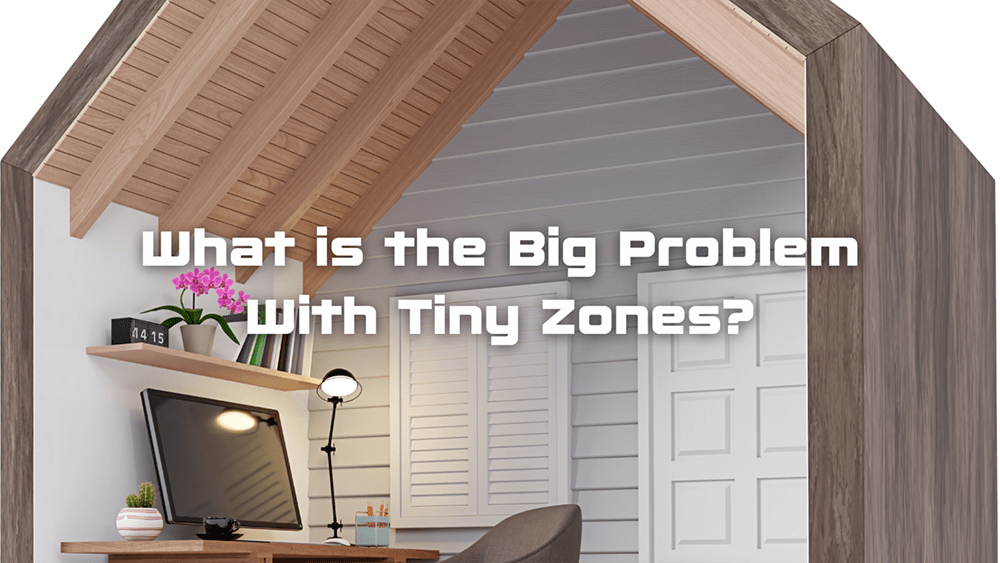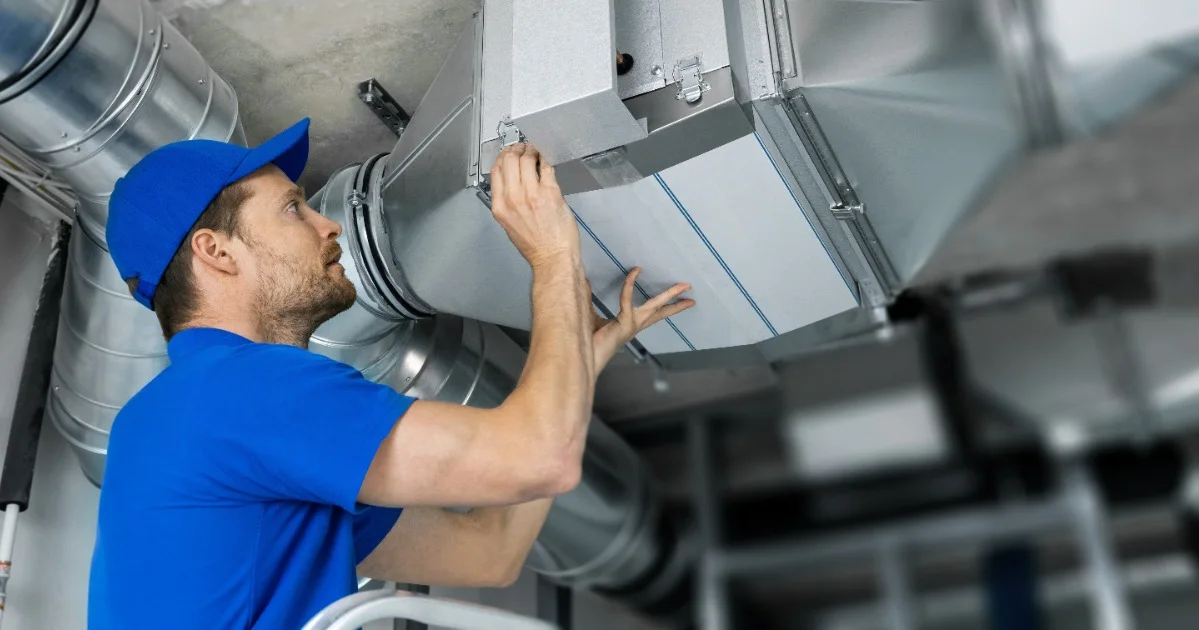
A common question our tech support team receives is, “How many zones can an Arzel panel handle?” In many cases, we have to ask, “How small of a zone do you want to create?” or “How much air do you want to stuff down that duct?” Then they ask us, “What’s the problem with tiny zones?” Well, we’re glad you asked.

We define “tiny zones” or “microzones” as any zone with a design airflow of less than 20% of the total system. If the HVAC equipment is staged in a way that we can slow the blower and reduce capacity, we go a little further. Tiny zones are problematic if we have a fixed amount of air that we have to try and push into a much smaller part of ductwork.
The effect of attempting to push ten pounds of air into one pound of ductwork can create several problems:
The solution to high static pressure caused by smaller zones is a bypass. By definition, bypass puts conditioned air back into the return, potentially making the temperature problem worse.
Some alternative relief strategies are blow-by into the big zone or leaving a run open somewhere. Another option is Slave Zones because they open and close dampers but cannot call the equipment. The use of slave zones will enable you to create a zone as small as you want without major airflow repercussions.
When designing a zoning system with a homeowner, proceed with caution if your customer wants to subdivide the system to less than 15% to 20% of the total. Take a look at the whole system and make sure you have a plan for dealing with that extra airflow.
When in doubt, you can always call the zoning manufacturer for design help. Here at Arzel, you can talk with our tech support specialists and they will help you identify potential problems and solutions that will work best for you and your customer.
Would you like to learn more about proper zone sizing and system adjustments? CLICK HERE to sign up for a virtual comfort college course and learn how to better determine the number of zones a building needs, avoid tiny zones and micro zoning that could potentially damage the HVAC equipment.
Any HVAC professional will tell you that multi-stage equipment is great. These powerful air conditioning machines can achieve better comfort and better energy efficiency. We wanted to take a moment to explain why HVAC zoning makes multi-stage equipment even better. Here’s how we’re optimizing multi-stage equipment with Arzel Zoning. Why would you zone multi-stage equipment? […]
There’s been a big change in HVAC this year with the introduction of A2L refrigerants like R-32 or R-454B. When you’re working with A2L refrigerants and Arzel Zoning systems, it’s important to understand the refrigerant detection system (RDS) and A2L mitigation controls that are built into the equipment. Here’s what you need to know. A2L […]
So you’re ready to install zoning in your customer’s home or business. Congratulations! Let’s make the next part as easy as possible, with this advice on getting your HVAC zoning system kit. Components of a zoning system kit There are just five parts you’ll need to install an Arzel Zoning system. A zoning panel Zoning […]
Can you add zones to an existing HVAC system? Yes! Arzel Zoning has been doing exactly that for more than 40 years. Our retrofit zoning options make it as seamless as possible. Here’s how it works. Why would clients want more than one zone? Let’s start with why a home or business owner would want […]